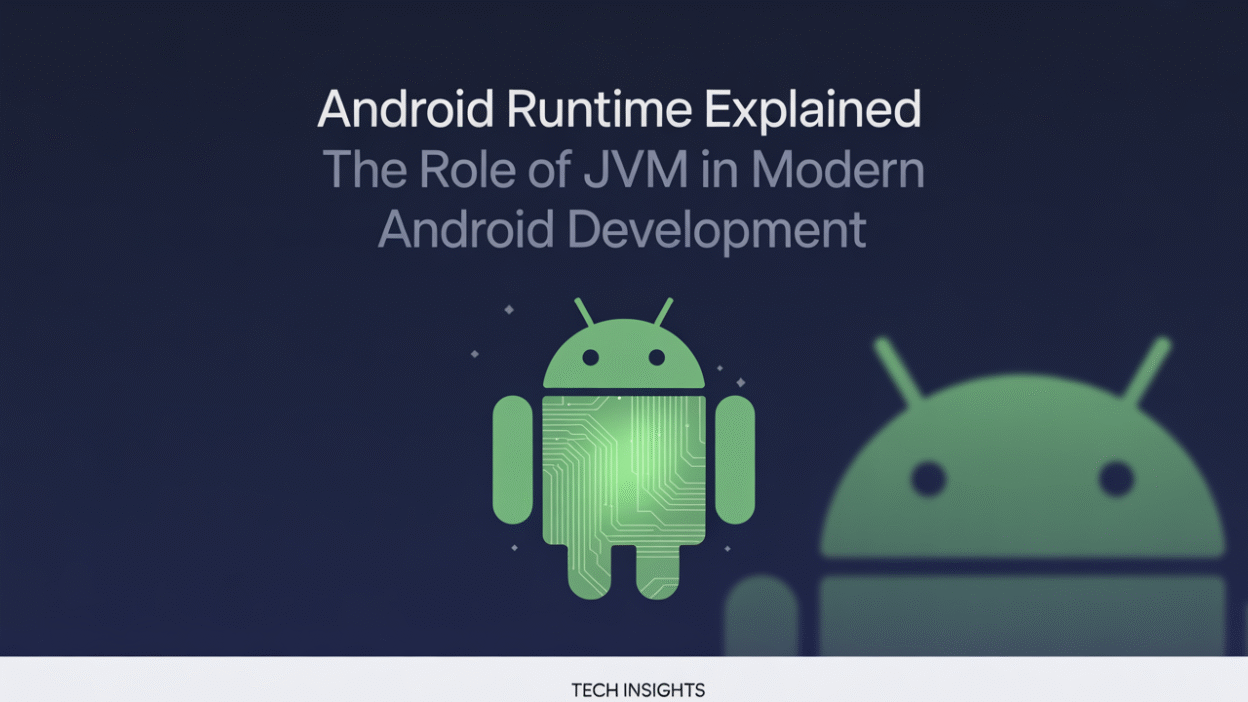Android applications have evolved significantly over the years, and understanding the runtime environment that powers them is crucial for developers and tech enthusiasts alike. At the heart of Android’s execution environment lies a unique implementation inspired by the Java Virtual Machine (JVM), but tailored specifically to mobile devices’ constraints and capabilities.
Initially, Android used Dalvik, a virtual machine designed specifically for Android. Unlike the traditional JVM, which executes Java bytecode, Dalvik was engineered to run.dex (Dalvik Executable) files, which are optimized for mobile environments . This distinction meant that while Android could leverage Java’s vast ecosystem, it did so through a custom-built solution that addressed the specific needs of mobile computing, such as limited memory and battery life.
However, with the evolution of Android, the platform transitioned from Dalvik to Android Runtime (ART). ART provides a more efficient execution environment by using ahead-of-time (AOT) compilation, which compiles applications into machine code during installation, rather than interpreting bytecode at runtime like its predecessor . This change resulted in faster app launches and improved performance across the board.
Despite these differences, there remains a connection between Android development and the JVM. For instance, the Android Software Development Kit (SDK) utilizes the standard JVM for building applications, even though the final apps execute within the ART or Dalvik environment . Furthermore, Kotlin, a modern programming language embraced by Android developers, is compatible with Java and can run on the JVM, highlighting the ongoing relationship between Android and JVM technologies .
One might wonder why Android doesn’t directly use the JVM. The answer lies in the advantages offered by specialized runtimes. While the JVM provides platform independence, security, and robust memory management , Android needed a solution that could better handle the peculiarities of mobile devices. Thus, the creation of Dalvik and later ART allowed Android to maintain the benefits of a managed code environment while optimizing for mobile-specific requirements.
In conclusion, although Android does not rely on the JVM for executing apps on-device, the influence of JVM technology is evident throughout the Android development process. From the initial design choices that led to Dalvik to the current state-of-the-art ART runtime, Android has continuously adapted to ensure optimal performance and developer productivity in the ever-changing landscape of mobile technology. As we look forward, it’s clear that the role of virtual machines in Android will continue to evolve, driven by innovation and the pursuit of excellence in user experience.

